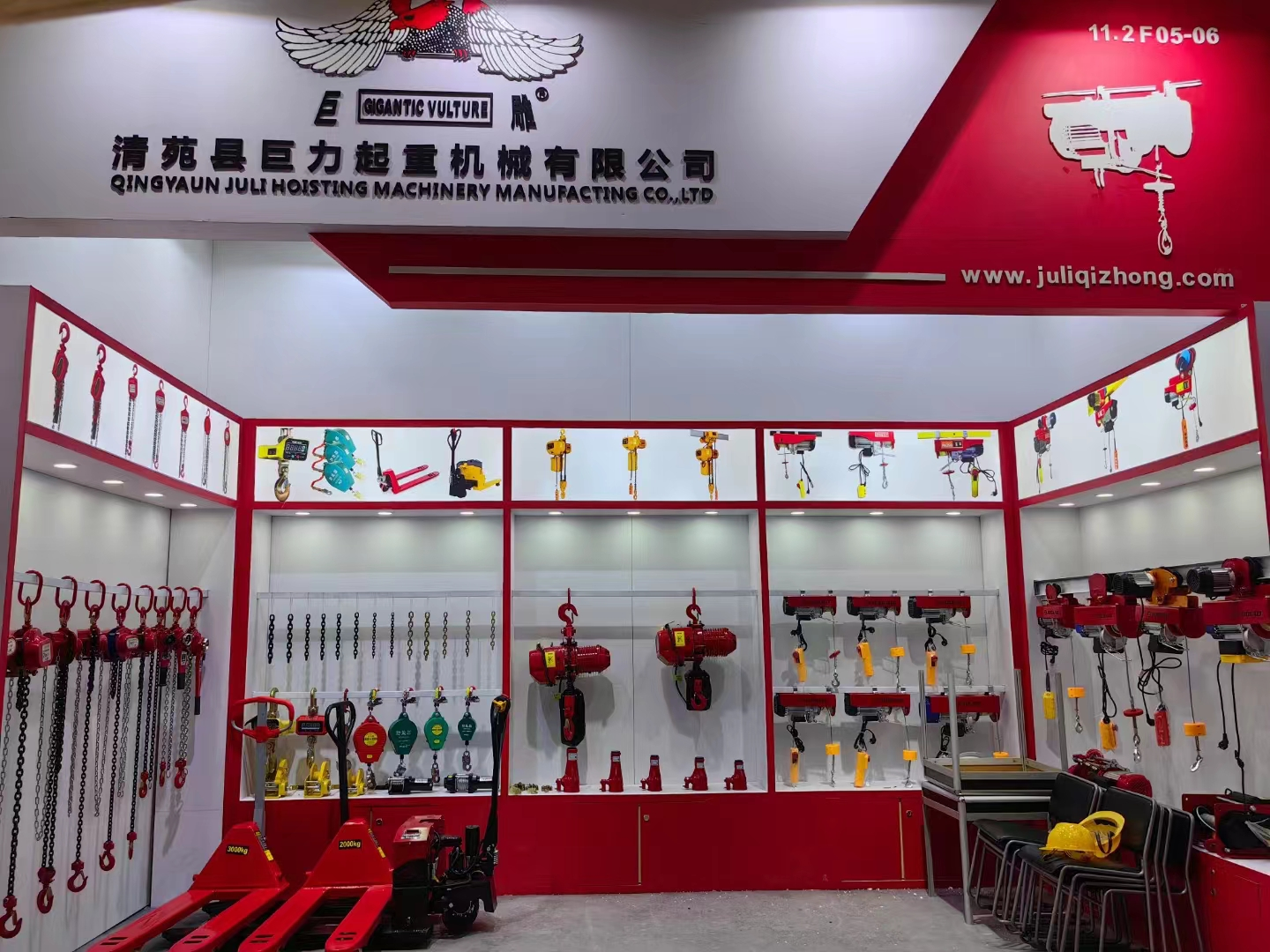


Understanding Lifting Scales A Comprehensive Overview
Lifting scales, often referred to as crane scales or hanging scales, are essential tools widely used across various industries for measuring the weight of heavy objects. Their design allows for straightforward weight measurement while suspended, making them invaluable in applications ranging from shipping and logistics to construction and manufacturing. This article delves into the workings, types, applications, and benefits of lifting scales.
How Lifting Scales Work
Lifting scales operate on a simple principle they measure the force exerted by gravity on an object. The basic components include a load cell, which converts the force of the hanging object into an electrical signal; a display unit that shows the weight; and a suspension system for hanging the load. When an object is lifted, the load cell detects the force, which is then processed and displayed as weight on the screen.
Modern lifting scales often come equipped with digital displays, allowing for clearer readings and additional features such as memory functions, tare weight adjustments, and even Bluetooth connectivity for data transmission. Some advanced models also incorporate safety features to prevent overloading, ensuring both user safety and equipment integrity.
Types of Lifting Scales
Lifting scales can be categorized into various types based on their design and functionalities
1. Mechanical Lifting Scales These traditional scales use a spring mechanism. The weight is indicated on a dial, making them easy to use with no need for batteries or electronic components. 2. Digital Lifting Scales Equipped with electronic load cells, these scales provide more accurate readings and additional features. They are popular in industrial settings due to their precision and ease of use. 3. Industrial Crane Scales Specifically designed for heavy lifting applications, these scales are robust and often come with high capacities to measure large loads. They frequently include a wireless or remote display for convenience. 4. Wireless Lifting Scales With wireless connectivity, these scales can transmit weight data to remote devices, improving efficiency in environments where multiple measurements are taken simultaneously.

Applications of Lifting Scales
Lifting scales are employed in various sectors, including
- Shipping and Logistics They are crucial for weighing packages and cargo to ensure compliance with weight regulations during transport. - Construction Lifting scales facilitate the measurement of materials at heights, ensuring accurate loading and unloading processes. - Manufacturing In assembly lines, they are used to weigh parts and products, helping maintain quality control. - Aerospace and Automotive Precision weight measurements are vital in these industries for safety and performance assessments.
Benefits of Using Lifting Scales
The advantages of lifting scales are manifold
- Accuracy Digital models provide precise weight measurements, reducing the risk of human error. - Efficiency They enable quick weighing, which is essential in fast-paced industrial environments. - Portability Many lifting scales are designed to be lightweight and easy to transport, making them convenient for various applications. - Safety By allowing operators to weigh loads while suspended, lifting scales help mitigate the risks associated with manual handling.
Conclusion
In conclusion, lifting scales are indispensable tools in modern industries, providing accurate and efficient weight measurements. With advancements in technology, these instruments continue to evolve, offering enhanced features and capabilities that cater to the diverse needs of users. Whether in a warehouse, construction site, or manufacturing plant, the reliability and practicality of lifting scales make them a crucial component for operational success. Investing in the right type of lifting scale can lead to improved workflow and safety, underlining their importance in today’s industrial landscape.



